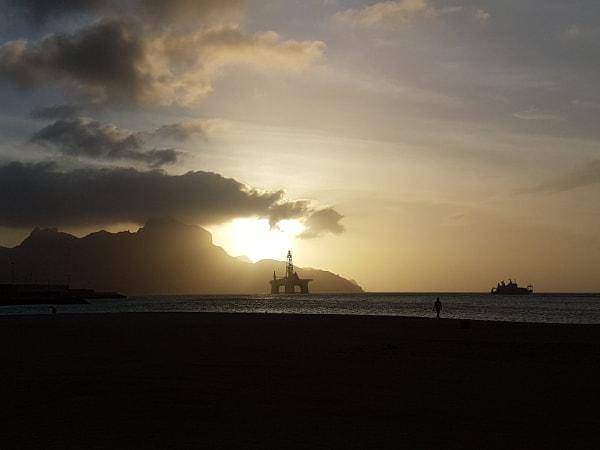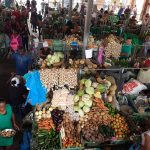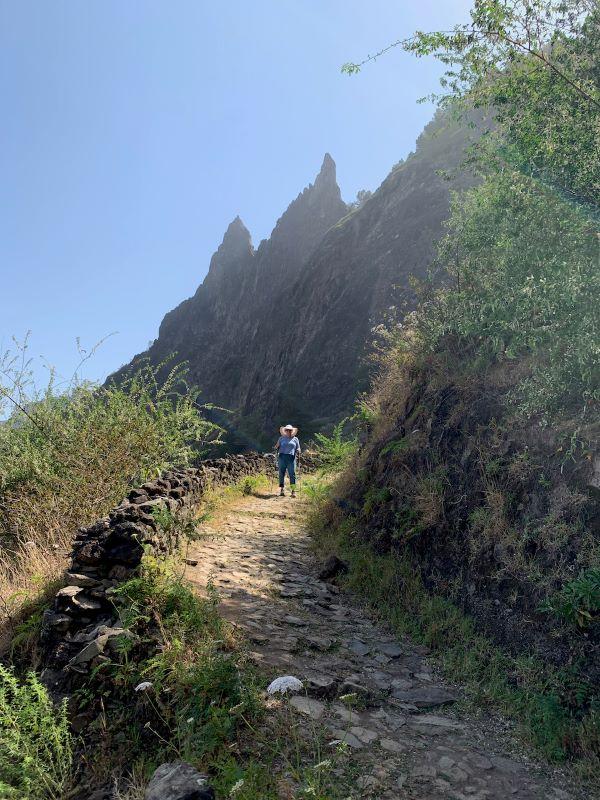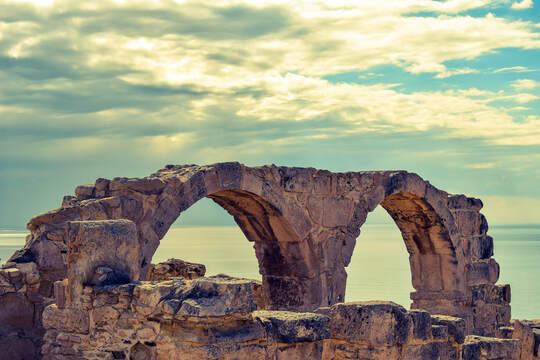Santa Caterina, February 4 – 6, 2020
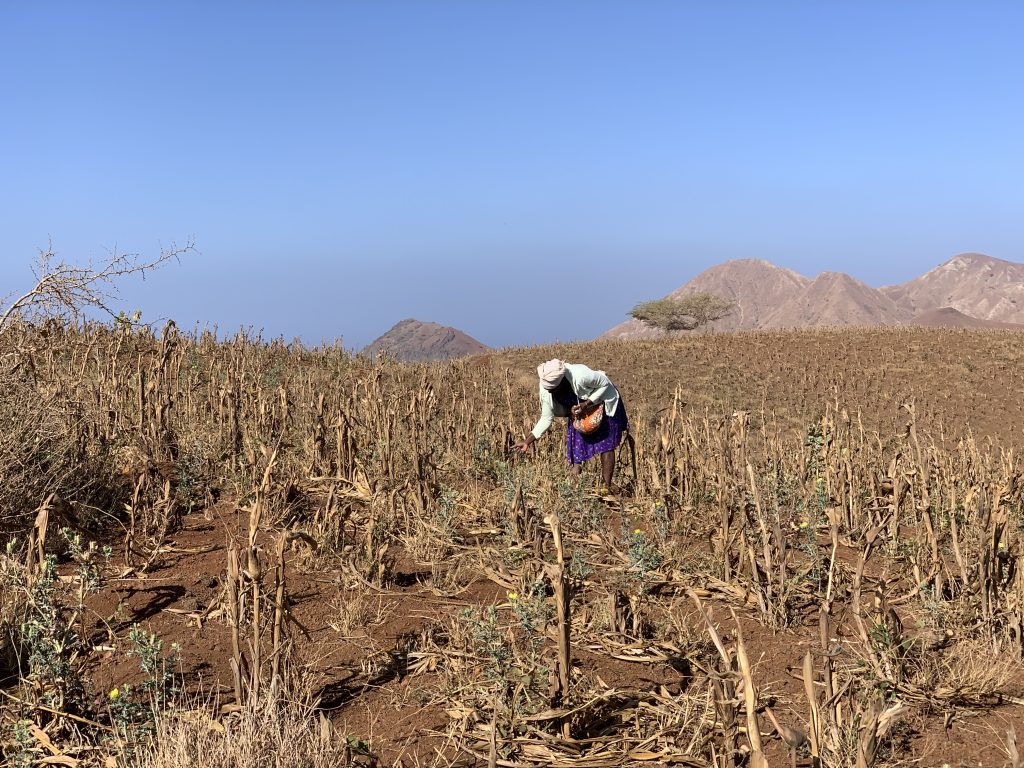
We had a lovely few days up in the mountains of Santiago island in Cape Verde. I must say, DH does a great job of trip planning. Each place we have stayed has been lovely, and all different from one another. (He also does a good job of photography. Since his phone camera is much better than mine, most of the photos from Cape Verde are his.)
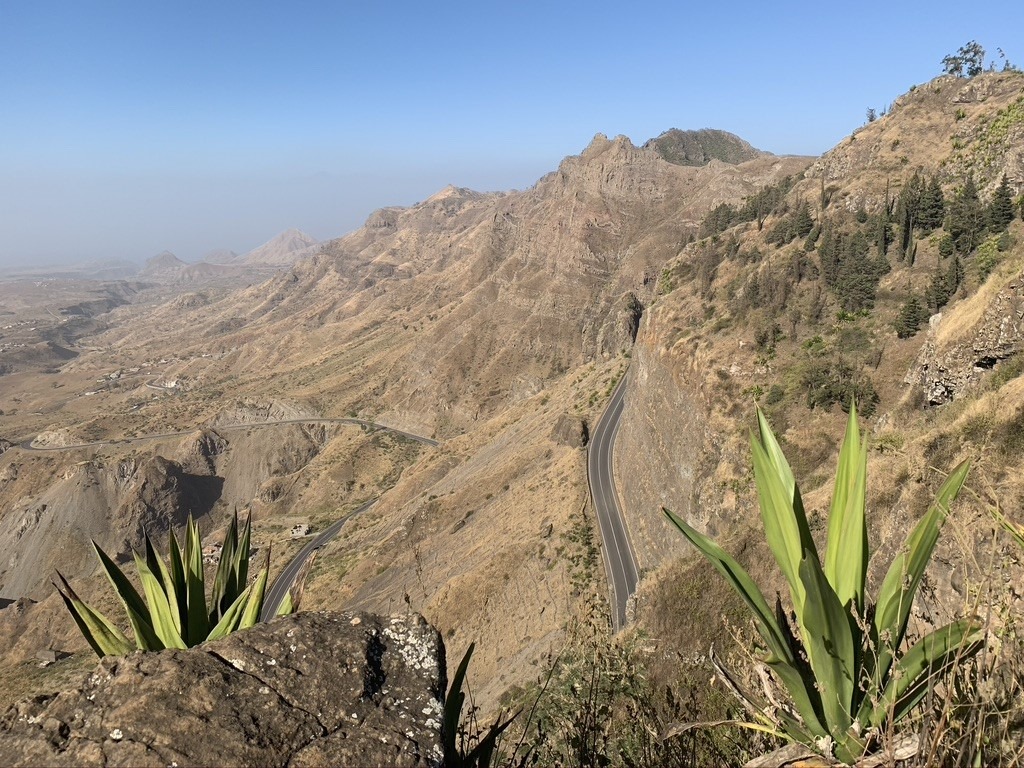
Interestingly, on Cabo Verde the guest houses and hotels where we have stayd were all run by people from France. Although human habitation on Cabo Verde began with the Portuguese in about 1460, and it stayed a Portuguese (occasionally Spanish) colony until 1975, more residents speak French than Spanish, and very few speak any English. Luckily for us, we are fluent in French so we have been able to have some basic conversations with locals and full conversations with French tourists. French is taught in the public schools, so we even had a few charming conversations with young school children who approached us, eager to practice their few words of French.
For this leg of the trip we stayed at a place called Cote de France, which is owned by a French woman and her Cape Verdian husband. I loved many things about this hotel, but especially the way the owners are clearly working hard to employ Cape Verdians and promote their culture, food and businesses.
Every night’s dinner included three courses, each of which consisted of local foods and traditional recipes. It is amazing all the ways one can use corn! The food was hearty and delicious. The hotel also has a gift shop filled with local arts, crafts and food products. (Coffee grown on Fogo – a neighbouring island – is very good.)
Some evenings included singing and dance performances by local groups. In true Cape Verdean style, after the official performances they got the audience of uptight Europeans (& Canadians) up to dance too. Fun.
They also have arrangements with trusted partners such as Zegue, who was our guide for a couple of hikes. He is not an official tour guide, but a local who knows the mountains intimately, and can speak a little bit of French. (Read about my terrifying hike with Zegue here.)
The one slip-up made by our hotel was the recommended tour of the caves and beach picnic lunch at Ribeira da Barca. It wasn’t their fault, but the guy taking us, Dominique/Demicy, clearly didn’t have us as his focus. The trip was overpriced: we were quoted 3500 CVE each, which was already high. When we paid at the end he claimed that it was actually 7,700 CVE for the two of us, and, of course, he had no change so we ended up paying him 8,000. Honestly, had he treated us with more respect, we would have been OK with that. But he pretty much ignored us, and left us standing around waiting for him for much of the day while he wandered off somewhere to “get things ready”. They should have been ready.
Then for the picnic he informed us that a couple of his friends were coming along. They spoke neither English nor French. He was clearly more interested in visiting with them than with hosting us.
To make matters worse, as we were heading away from the dock, he insisted on turning the boat back to try to get a couple of other tourists on board. He was having trouble convincing them because they didn’t speak French, so he asked DH to get off the boat and come talk to them in English! DH did, but they chose not to come. The fact is, though, that we were paying for the boat and his services for the day. It was not supposed to have been a group trip.
To top it all off, the beach the picnic was on was filthy. Litter everywhere. Despite that, we did get some lovely photos.
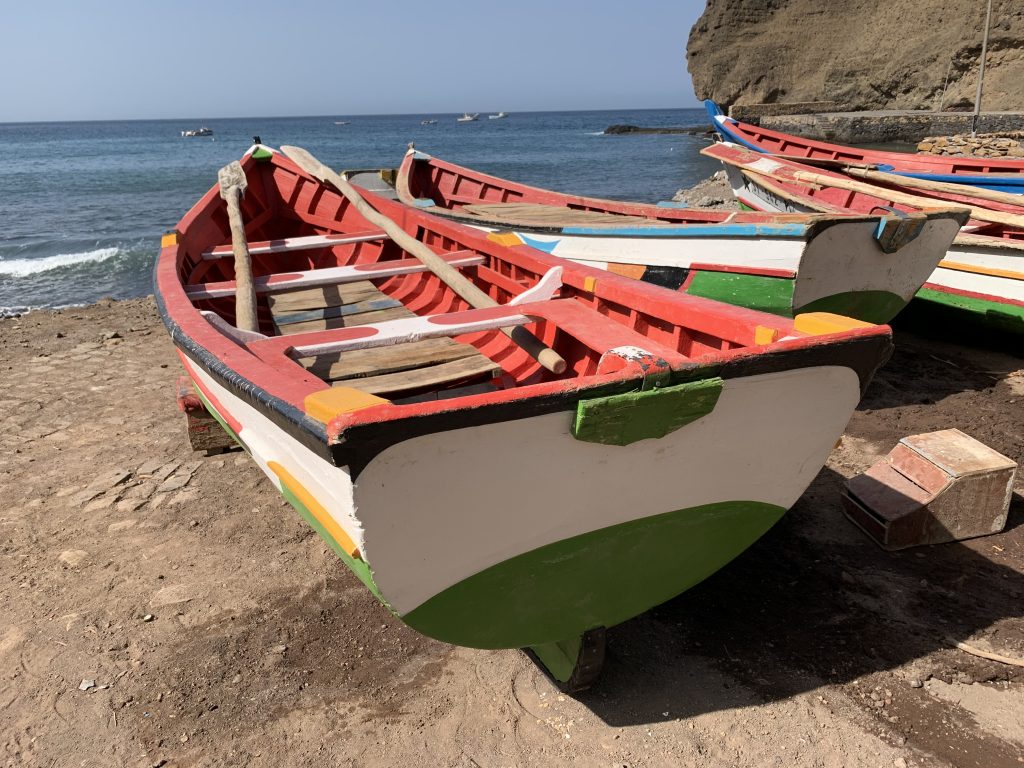
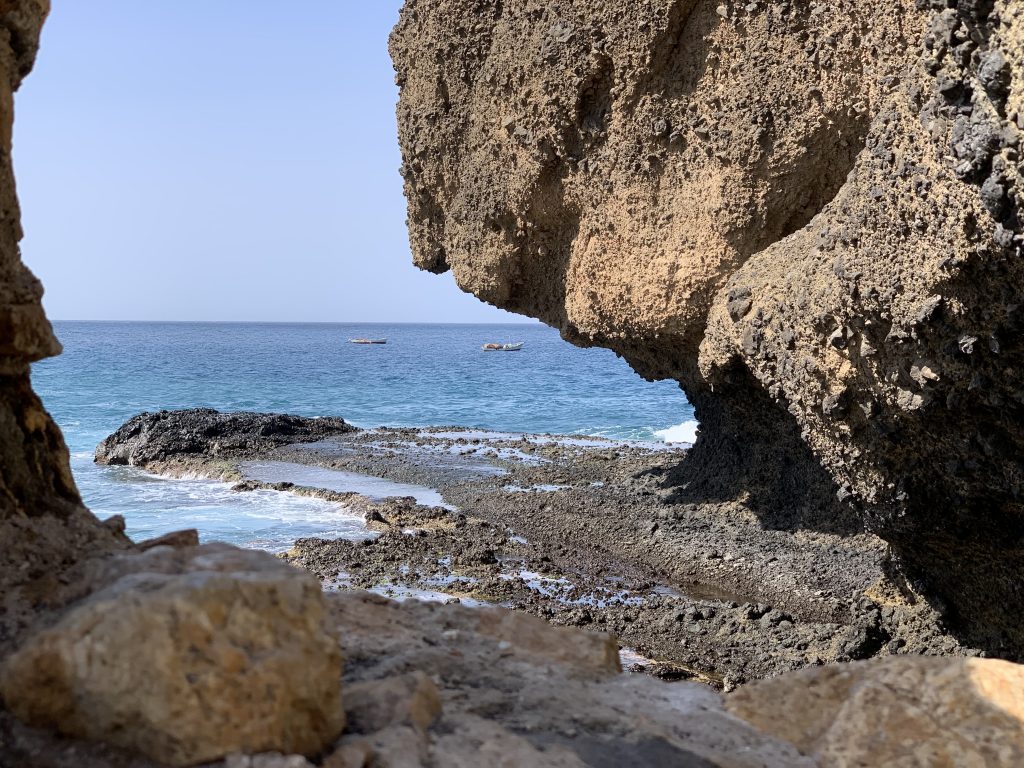
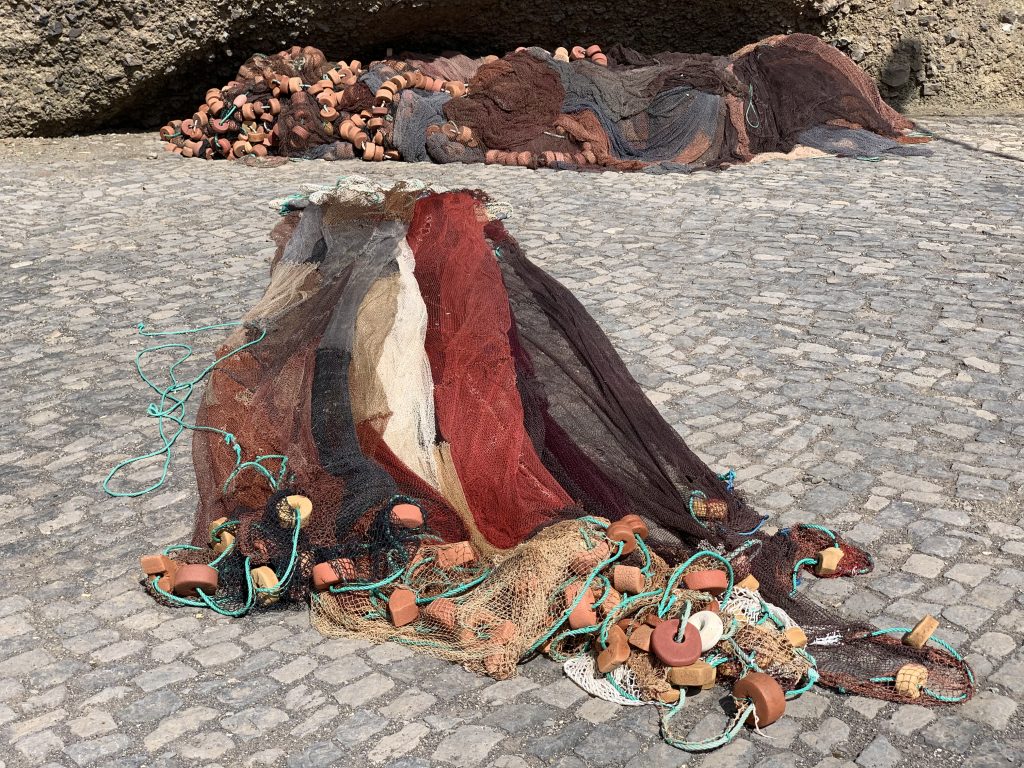
Fishing nets on the quay 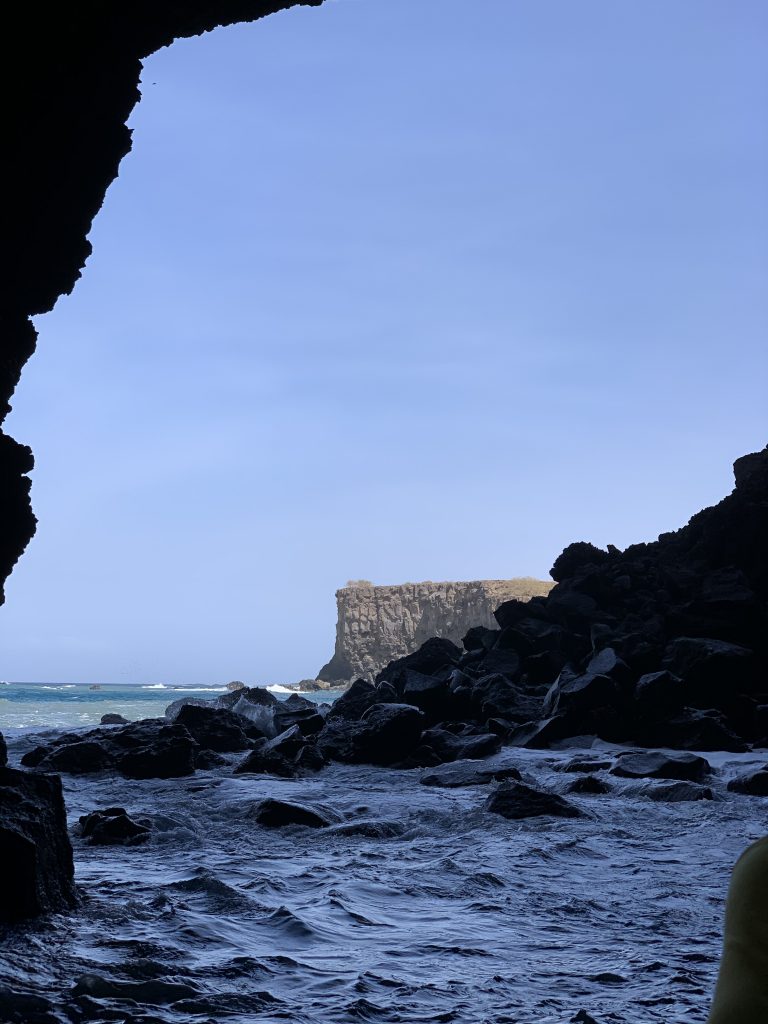
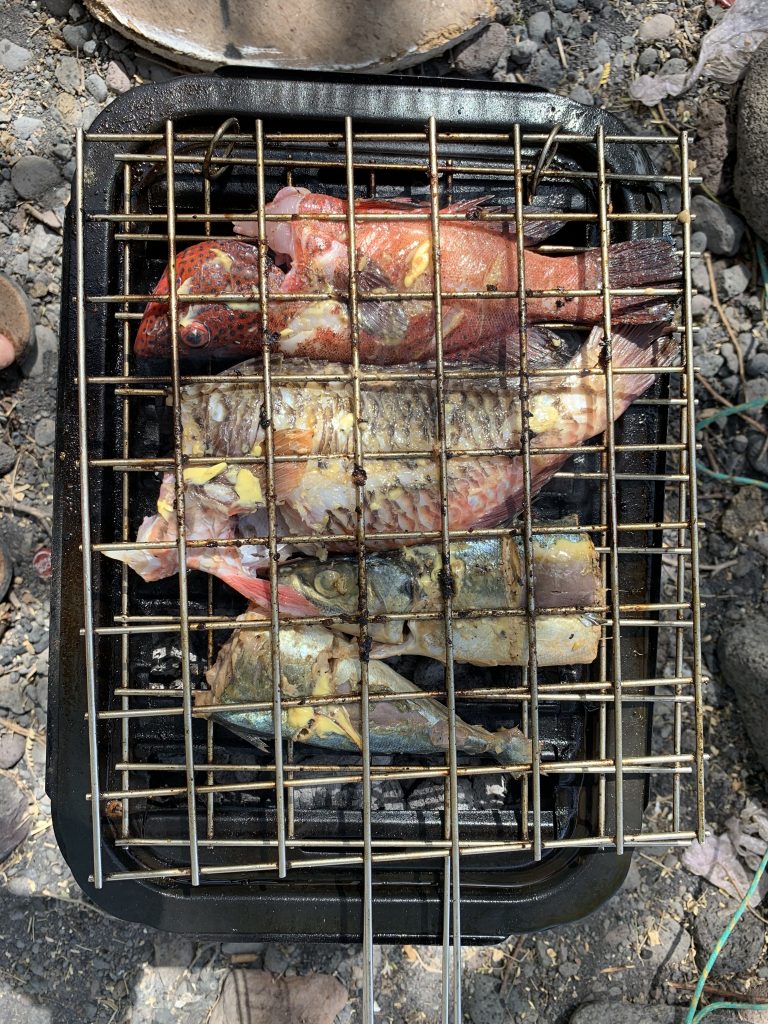
Freshly caught lunch for everyone but Tema 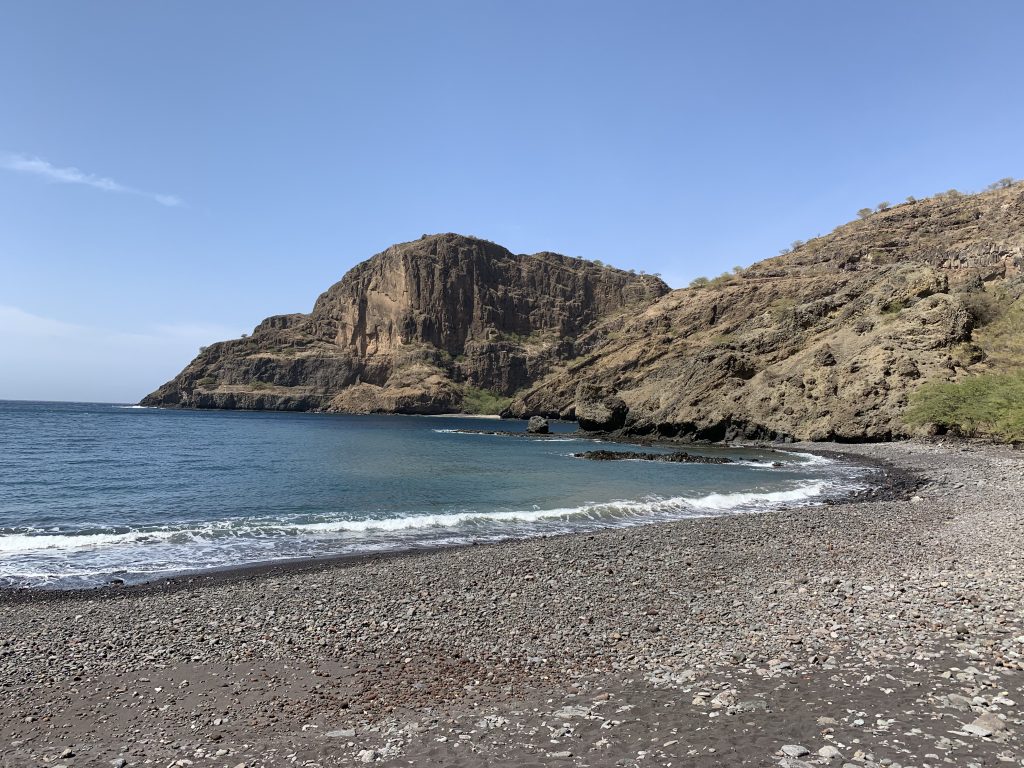
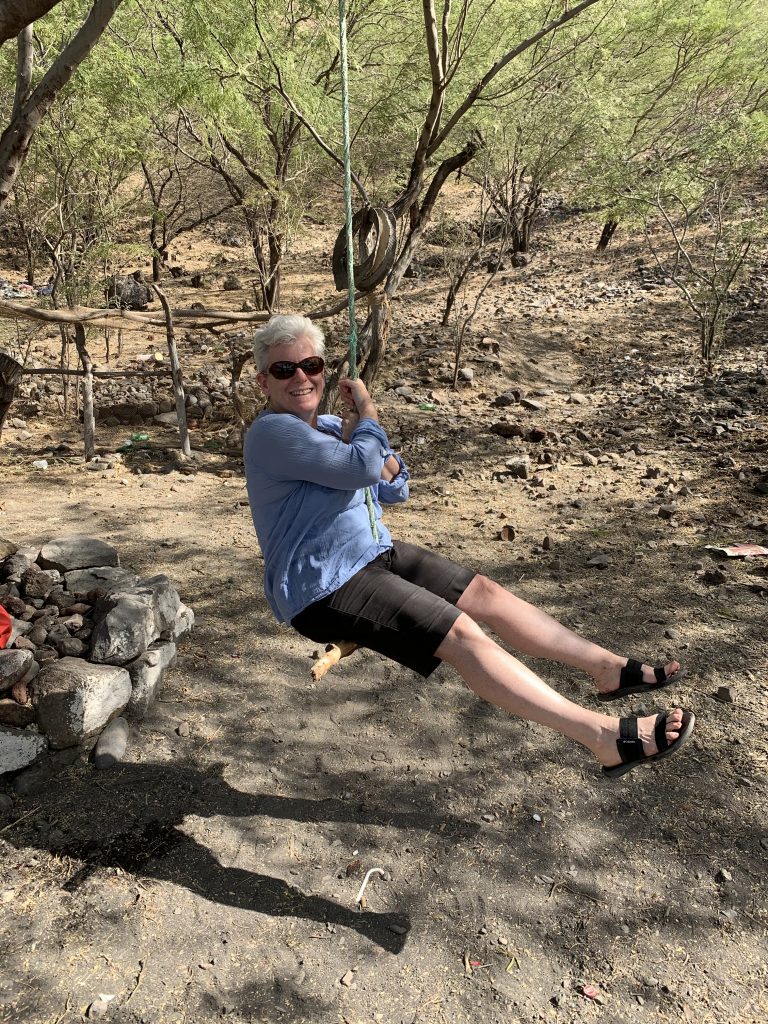
Keeping myself entertained while lunch was being cooked 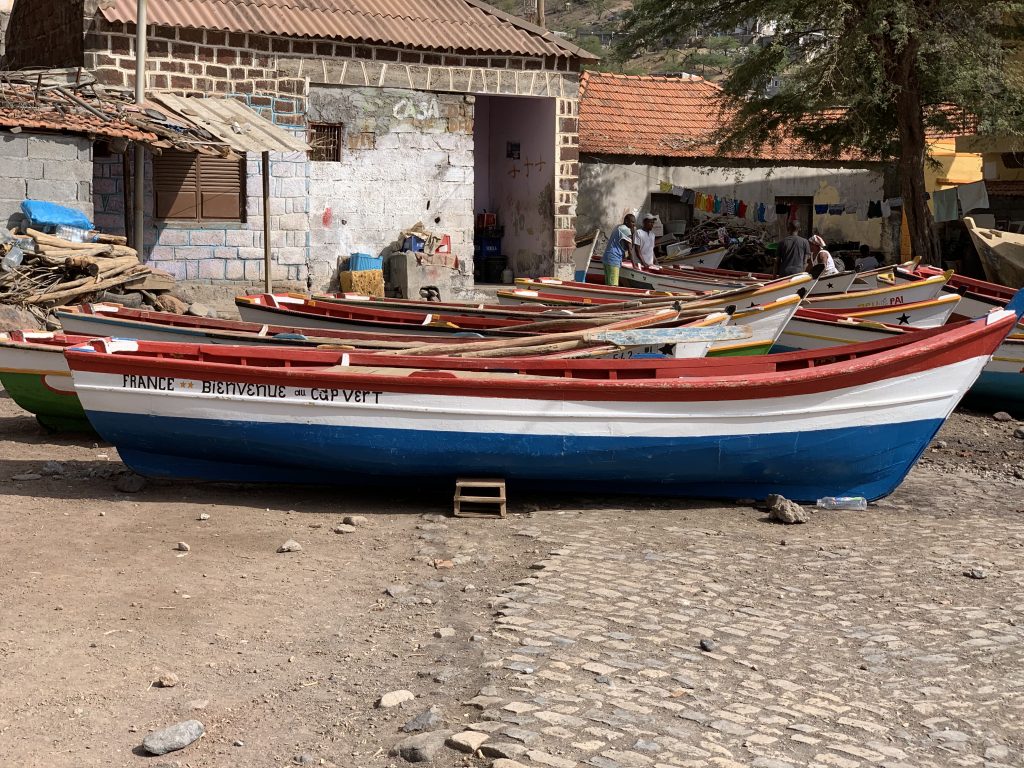
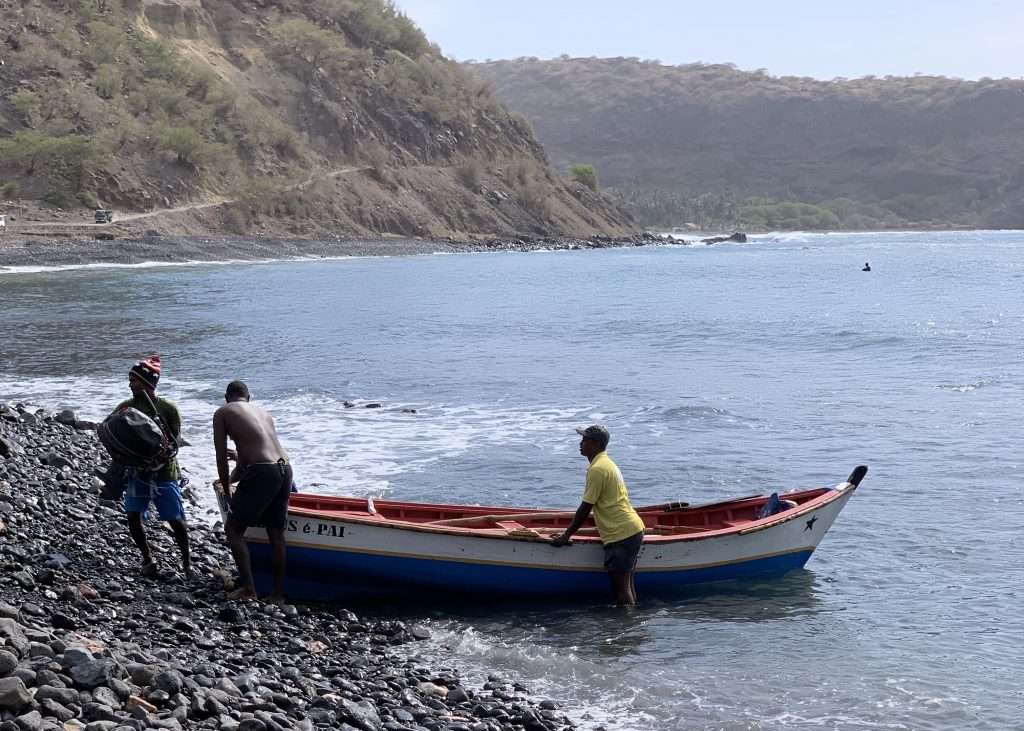
When we got back to our hotel, we let the proprietor and manager know about how Demicy had handled the outing. They were upset about it and gave him a dressing down. They assured us that if he screws up again, he will no longer be their recommended partner. They have previously dismissed another boat tour partner for similar reasons. He returned the extra 1,000 CVE he’d charged, though he argued that we were being unfair in our other complaints.
Places go through stages en route to becoming tourist destinations.
Places go through stages en route to becoming tourist destinations. One of the critical stages, with which much of Cape Verde is still struggling, is the switch from seeing tourists as an easy mark to rip off to recognizing that if you treat them well you and your community will benefit much more in the long run. It frustrates the heck out of our various French hosts, who see the amazing potential of these islands.
When I look at how most of the people on Santiago are living, it shouldn’t be surprising that they are still at an early stage of development. Wandering through the jagged volcanic mountains and valleys it felt like we were thrown far back in time. The inner parts of the island were settled by slaves who had escaped into the mountains. When they finally won their freedom in 1878 they came out of hiding and started farming on every available inch of potentially arable land. They have hand-planted corn and beans on the steepest of slopes. Where they could, they built narrow terraces as little as a foot or two wide for planting, but many places are too steep even for terraces. But anywhere there is land to put seeds in and the hope of enough water for the plants to grow has been planted.
Everything is still harvested by hand; backbreaking work under the hot sun. Women carry the harvest up and down the steep mountains in huge bags or baskets on their heads. Donkeys also carry big loads where there is enough of a path for a donkey to maintain its footing. One day, looking out our window, we saw the legs of a donkey moving a huge load of dried corn or sugar cane stalks. Clearly it knew its route. Nobody was with it, we couldn’t even see its head, but it knew exactly where to turn off the main road and onto a side path.
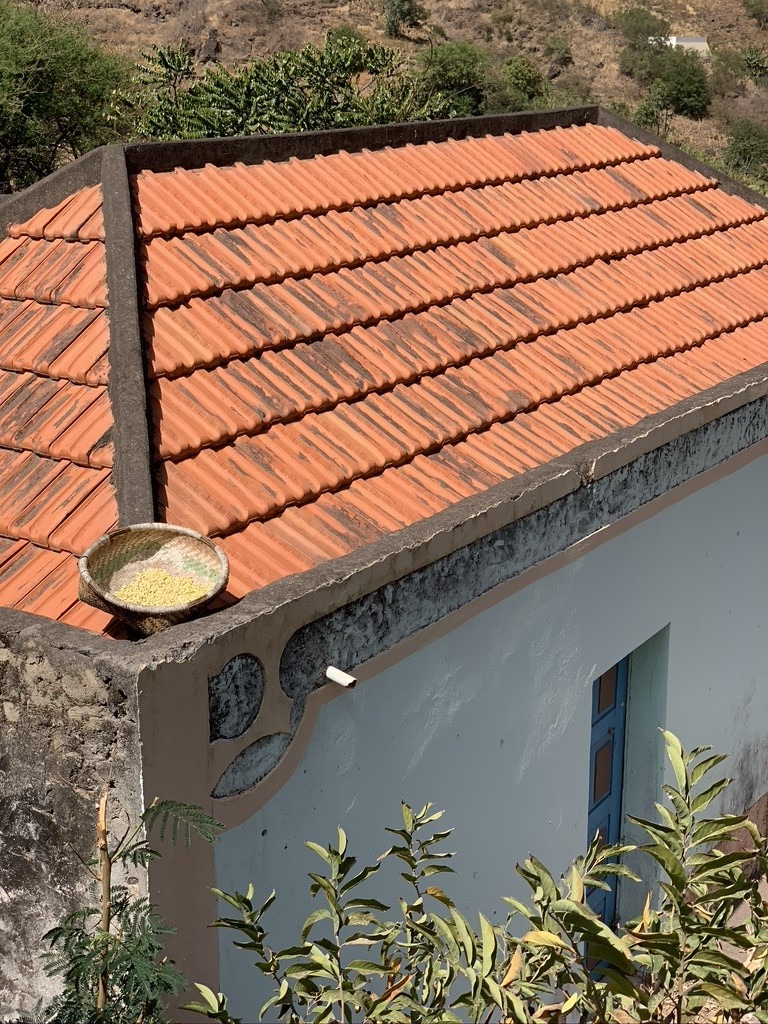
Most of the homes in the mountains are clustered in tiny groupings wherever there is a bit of land that is flat enough to build on. They have no electricity and no running water. The women cook on fires in front of the homes. Animals and small children wander freely everywhere: chickens, chicks, roosters, pigs and piglets, goats and dogs. Women who can no longer climb the steep hills with sure footing slave over laundry boards and buckets of water to get the dust and mud out of the brightly coloured clothes. You really feel like you have stepped back into an earlier century.

On the coast men spend their time repairing fishing nets and bobbing on the water in little hand-hewn boats catching fresh fish. Clusters of men also sit in the shade playing mancala ( a game with stones or seeds and a wooden board with indented cup shapes in it.) It looks like fun. The women, however, aren’t playing games. They are always either cooking, scrubbing laundry, harvesting, or doing other work.
It is a hard life, which is why there are more Cape Verdeans living outside of Cape Verde than in it. But I totally understand why most long to return to this beautiful, peaceful land.

